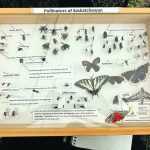Tag Archives cover crops

Environmental farm group has Ottawa’s attention
Farmers for Climate Solutions has become a new and powerful player in the world of Canadian agricultural policy
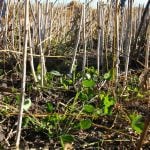
Saskatchewan project sees intercrop, cover crop benefit
Depending on the mix, producers’ return on investment can look like more money in the pocket and improved soil
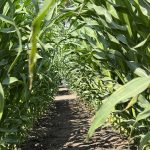
Plant tissue testing key to maximizing crop health and yield: experts
Regular tissue analysis helps farmers detect nutrient deficiencies early, optimize fertilizer use and improve overall crop performance
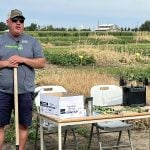
Alberta research group takes a look at cover crops
Farming Smarter finds that cover crops work in southern Alberta, but careful management required
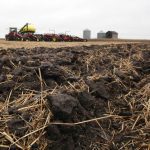
Soil health skepticism prevalent
Survey finds that many farmers see it as a contemporary fad
![A top-down approach [to regenerative agriculture] can work, maybe, but it does have limitations. Some food and agriculture companies have realized that this movement should be handed back to farmers, says University of Washington geologist David Montgomery. | File photo](https://static.producer.com/wp-content/uploads/2024/10/22141434/03-RKA121018_david_montgomery2-150x150.jpg)
Regenerative agriculture resumes bottom-up approach

Sustainability has a problem

Caution needed when feeding brassica forages to cattle
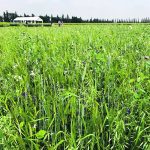
Diversity called key to strong cover crops
Diverse mixes beneficial for forage production and soil health, but it depends on what producers want to do on their farms
Glacier FarmMedia – MELFORT, Sask. — For some, cover crops come from anything available to keep things green through the shoulder season. For others, they’re a carefully curated recipe to make specific improvements in a field. The blend demonstrated in late July at the Melfort Crop Diagnostic School was closer to the second option. It […] Read more